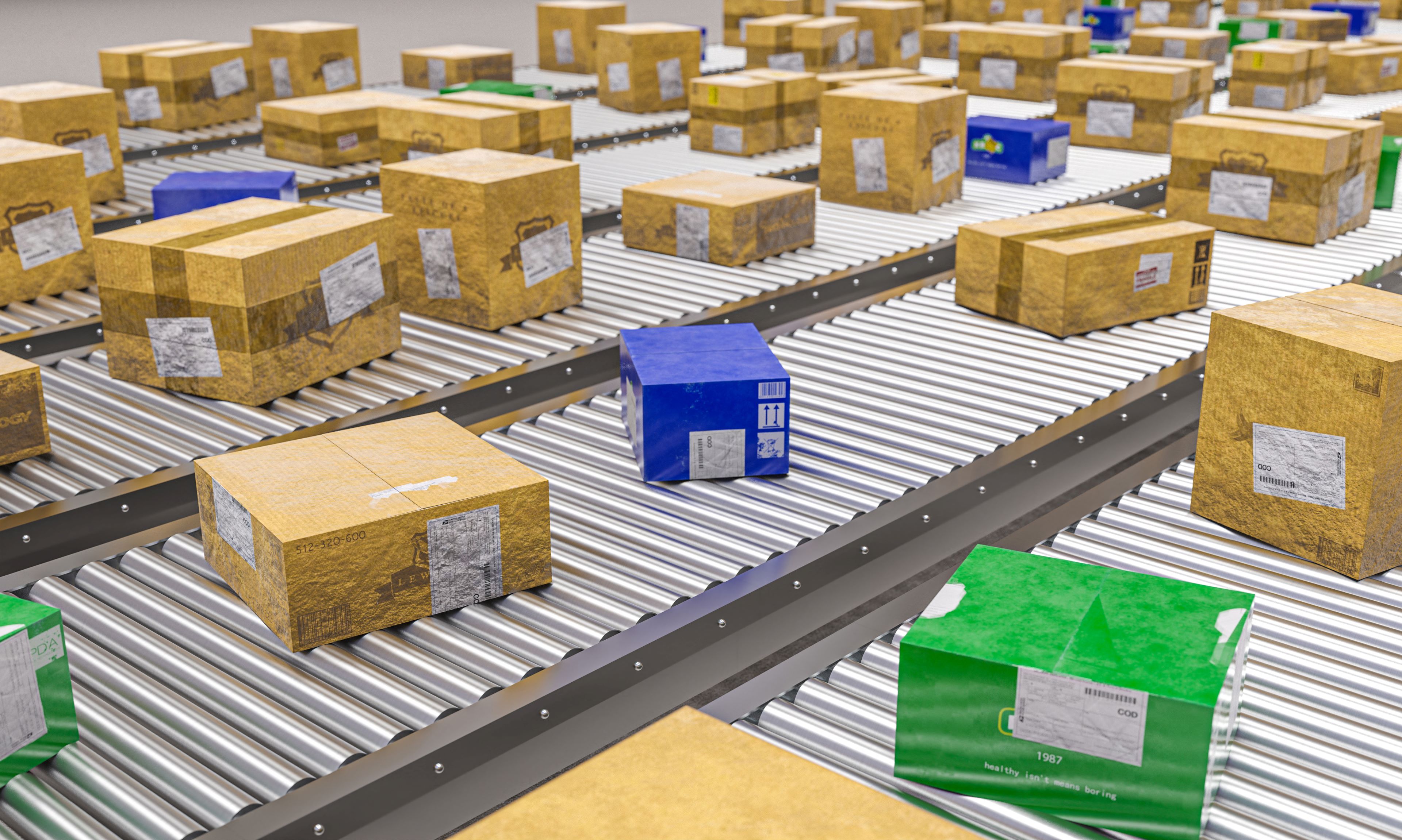EY refers to the global organization, and may refer to one or more, of the member firms of Ernst & Young Global Limited, each of which is a separate legal entity. Ernst & Young Global Limited, a UK company limited by guarantee, does not provide services to clients.
How EY can help
-
Ensure seamless GST compliance with EY DigiGST. Simplify GST reconciliation with our advanced GST compliance solution & tool for accurate tax reporting.
Read more
A case for rate rationalization
When GST was introduced in July 2017, multiple rates were introduced as part of indirect tax reforms in India, in line with revenue neutral rates for individual commodities and services. Accordingly, a structure of five rates viz. nil, 5%, 12%, 18% and 28% was created, depending on the type of goods and services and the rate structure in the prior regimes of Central Excise and VAT or Service tax. While some rationalization of rates has been done in the last five years by shifting goods and services from one rate bracket to another, a comprehensive rate rationalization, as part of GST reform in India, is now due to align the structure towards a two-rate format in the future.
Most VAT jurisdictions globally have single-rate structures. However, given India’s complex economy and diverse demand and supply, a single-rate structure would be highly inflationary. In the white paper submitted by the then Chief Economic Advisor, Arvind Subramanian (1) in December 2015, 15.5% was considered a revenue neutral rate. However, it was advised that the rate should be split in two, 12% and 18%, to avoid an inflationary impact. It is time the economy moves towards a two-rate structure, though the rates may be different. Currently, most inputs are at 5% and most finished products and services are at 18%. These two structures need to move in tandem to reach a rate structure that may not be inflationary and will also take care of the revenue needs of the states and the center. One way to keep these rates low and rational is to enhance the GST base to include articles like petroleum, real property, alcohol, and electricity within the tax net.
Apart from rationalizing the overall rate structure and increasing the base, the rate layout for individual commodities needs to be re-evaluated to rectify any inverted duty structures. While some effort has been made in this area, such GST tax reforms are still work in progress.





